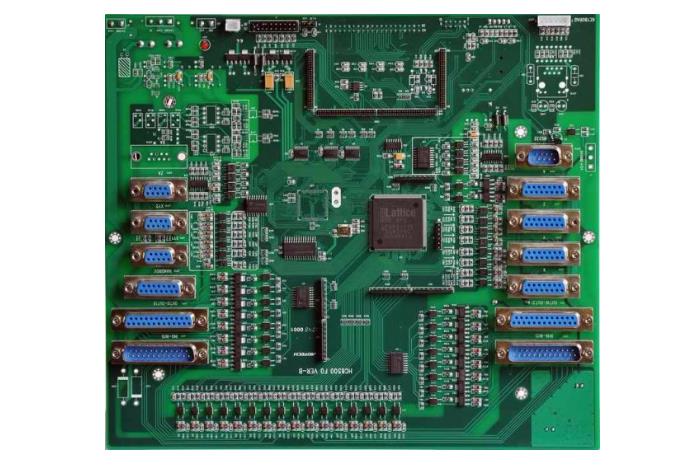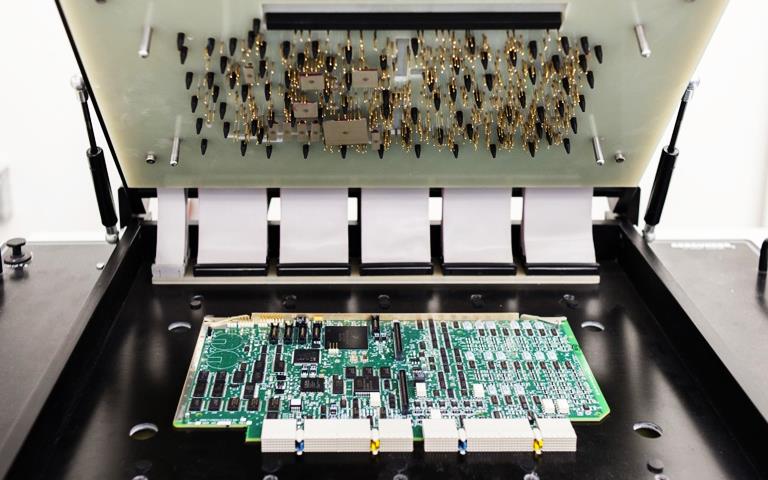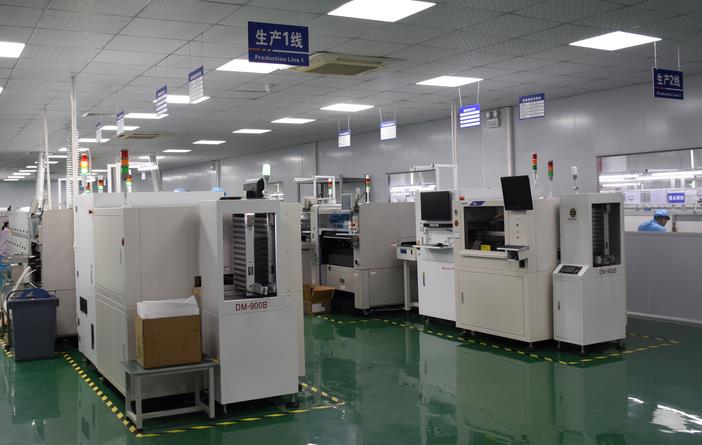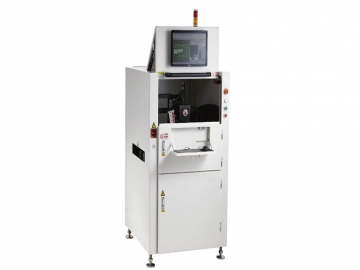Why does the PCBA industry concentrate in only a few countries and regions?
The PCBA (Printed Circuit Board Assembly) industry's concentration in a few select countries can be attributed to several key factors:
Industrial Infrastructure and Supply Chain: Countries with well-established industrial infrastructures and mature supply chains are naturally more attractive for the PCBA industry. For instance, China, Taiwan, South Korea, and some regions in Europe and North America possess robust electronics manufacturing ecosystems, making it easier for PCBA manufacturers to access raw materials, components, and advanced manufacturing technologies.
Technological Capabilities: The PCBA industry requires significant technological expertise, particularly in areas such as design, prototyping, manufacturing, and testing. Countries with a strong foundation in electronics research and development, as well as a skilled workforce, are better positioned to support the industry's growth. For example, Taiwan and South Korea are known for their technological prowess in the electronics sector, including PCBA.
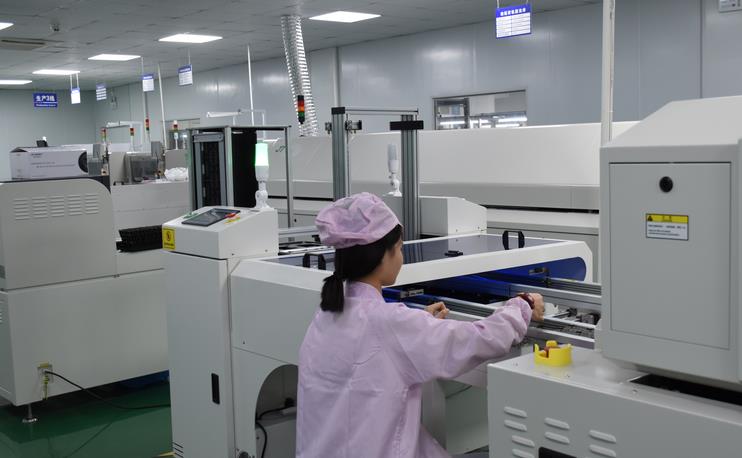
Cost Competitiveness: Cost-effectiveness is a crucial consideration in the PCBA industry. Countries with lower labor costs, favorable tax policies, and efficient production processes can offer more competitive pricing for PCBA services. This, in turn, attracts global customers seeking to outsource their PCBA needs. China, for instance, has become a major hub for PCBA manufacturing due to its cost-competitiveness and scale.
Market Demand and Proximity to End-Users: The PCBA industry is heavily influenced by market demand, particularly from the electronics, automotive, and industrial sectors. Countries with large domestic markets or proximity to major consumer bases can benefit from reduced logistics costs and faster response times to customer needs. Additionally, being close to end-users can facilitate collaboration with OEMs (Original Equipment Manufacturers) and ODMs (Original Design Manufacturers), fostering innovation and customization.
Regulatory Environment and Supportive Policies: A favorable regulatory environment and supportive government policies can play a significant role in attracting PCBA investments. This includes incentives for foreign direct investment, funding for research and development, and tax breaks for manufacturers. Governments can also promote the growth of the PCBA industry by investing in infrastructure, education, and training programs to develop a skilled workforce.
The PCBA industry's concentration in a few select countries is a result of their advantageous industrial infrastructures, technological capabilities, cost competitiveness, market demand, proximity to end-users, and supportive regulatory environments. These factors create a favorable ecosystem for the PCBA industry to thrive, attracting investments and fostering innovation.
Prev: The characteristics of OEM and ODM methods in the PCBA field
Next: What is SMT in PCB manufacturing?


